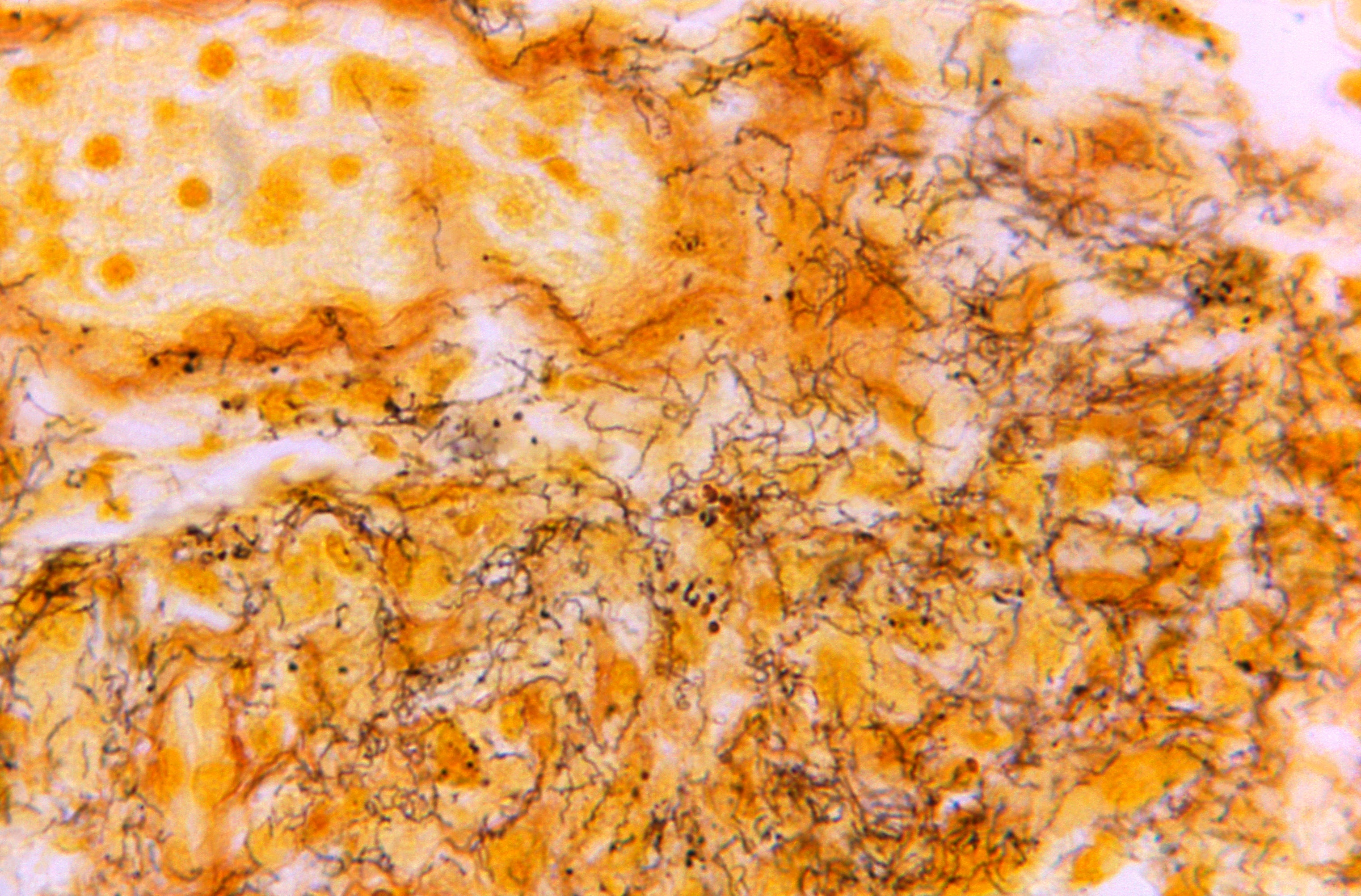Syphilis cases hit highest level since 1948
The new sexually transmitted infections statistics for England also show record numbers of gonorrhoea diagnoses

Your support helps us to tell the story
From reproductive rights to climate change to Big Tech, The Independent is on the ground when the story is developing. Whether it's investigating the financials of Elon Musk's pro-Trump PAC or producing our latest documentary, 'The A Word', which shines a light on the American women fighting for reproductive rights, we know how important it is to parse out the facts from the messaging.
At such a critical moment in US history, we need reporters on the ground. Your donation allows us to keep sending journalists to speak to both sides of the story.
The Independent is trusted by Americans across the entire political spectrum. And unlike many other quality news outlets, we choose not to lock Americans out of our reporting and analysis with paywalls. We believe quality journalism should be available to everyone, paid for by those who can afford it.
Your support makes all the difference.Cases of syphilis in England are at the highest level since 1948, according to the UK Health Security Agency (UKHSA).
Some 9,513 cases of infectious syphilis were diagnosed last year.
While the majority of cases were diagnosed among gay and bisexual men, the UKHSA said there was a larger “proportional rise” in syphilis diagnoses among heterosexual men and women.
There were 1,958 cases diagnosed among heterosexual men and women in 2023, a 22% rise from 2022 when there were 1,608 cases.
Among gay and bisexual men cases rose by 7% to 6,527 between 2022 and 2023.
The new sexually transmitted infections (STIs) statistics for England also show record numbers of gonorrhoea diagnoses.
In 2023 there were 85,223 cases diagnosed – the highest number since records began in 1918.
Overall, figures show there were 401,800 new cases of STIs diagnosed in 2023 – a rise of 4.7% since 2022.

Chlamydia cases accounted for almost half of these, with 194,970 diagnoses in 2023.
The UKHSA said the impact of STIs remains greatest in young people aged 15 to 24 years, gay men and some minority ethnic groups.
Dr Hamish Mohammed, consultant epidemiologist at UKHSA, said: “STIs can have a major impact on your health regardless of your age, gender or sexual orientation.
“The best way to reduce your risk of an infection is to use a condom consistently and correctly with new or casual partners.
“The NHS provides free, confidential STI testing to detect any potential infections and prevent you passing them on to others.”
The Local Government Association (LGA) said the figures show the next government should implement a 10-year sexual health strategy.
The association, which represents councils which have the responsibility for commissioning sexual health services, said a long-term strategy is needed to help prevent and treat infections.
David Fothergill, from the LGA, said: “Councils want to continue encouraging more people to visit their local sexual health clinic, in particular hard-to-reach communities.
“However, today’s figures show sexual health services continue to face rising demand pressures.
“This is why we are calling for a new 10-year strategy to tackle infection rates, and ensure that sexual health services are properly funded and resourced in the long term.”